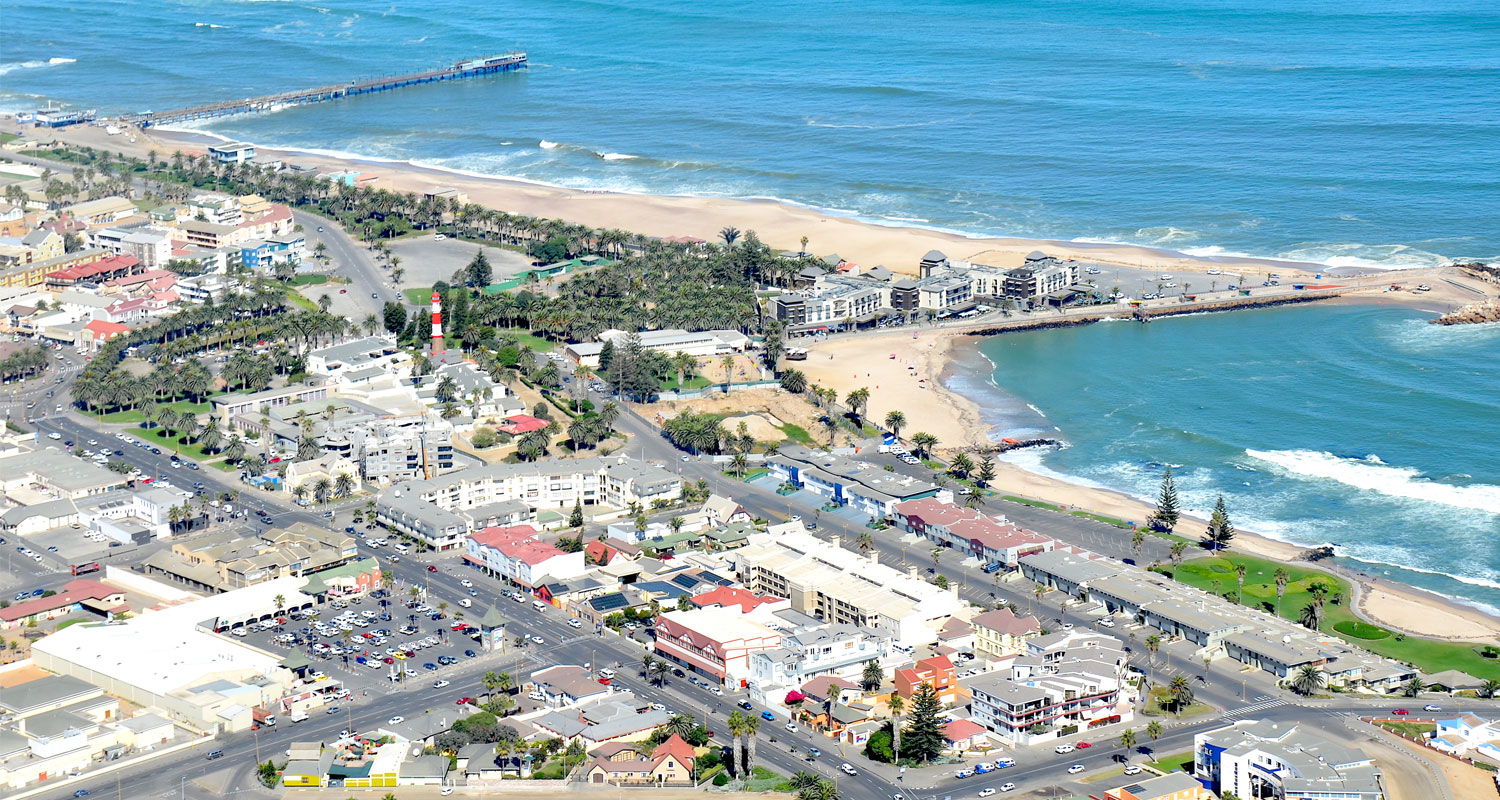
Google’s high-capacity Equiano subsea cable has come ashore at Swakopmund in Namibia en route to its end point at Melkbosstrand, north of Cape Town.
The cable, which will link South Africa and Europe along Africa’s west coast, was landed in the seaside holiday town of Swakopmund late last week by landing partners Paratus Group and Telecom Namibia, which were contracted to build and operate the landing station.
Equiano is expected to be ready for commercial service in the fourth quarter of 2022 and will deliver up to 20 times the international capacity that was previously available in Namibia. Until now, Namibia has relied solely on the West Africa Cable System, or Wacs, for subsea Internet connectivity.
The landing station has been ready since January for the cable’s arrival.
“This is a landmark event and a great day for Namibia’s digital transformation. We are very proud to be the Google landing partner, and infrastructure partner with Telecom Namibia, to deliver better connectivity to everyone in Namibia,” says Paratus Group CEO Barney Harmse in a statement.
“The Google Equiano cable shore landing is a major step in the development of our national telecommunications infrastructure,” said Telecom Namibia CEO Stanley Shanapinda. “The cable will ensure redundancy for Telecom Namibia and offers an alternative when other routes may be impaired.”
Openserve
In South Africa, Openserve, the wholesale division of Telkom, will serve as the landing station partner for Equiano.
The company said in November 2021 that the 150Tbit/s (design capacity) Equiano system will come ashore at its landing station in Melkbosstrand, which already serves as the landing site for other submarine cables, including Sat-3, which follows a not dissimilar route to Europe as Equiano.
Openserve will offer terrestrial services connecting the Equiano cable to South African carrier-neutral data centres. — © 2022 NewsCentral Media




